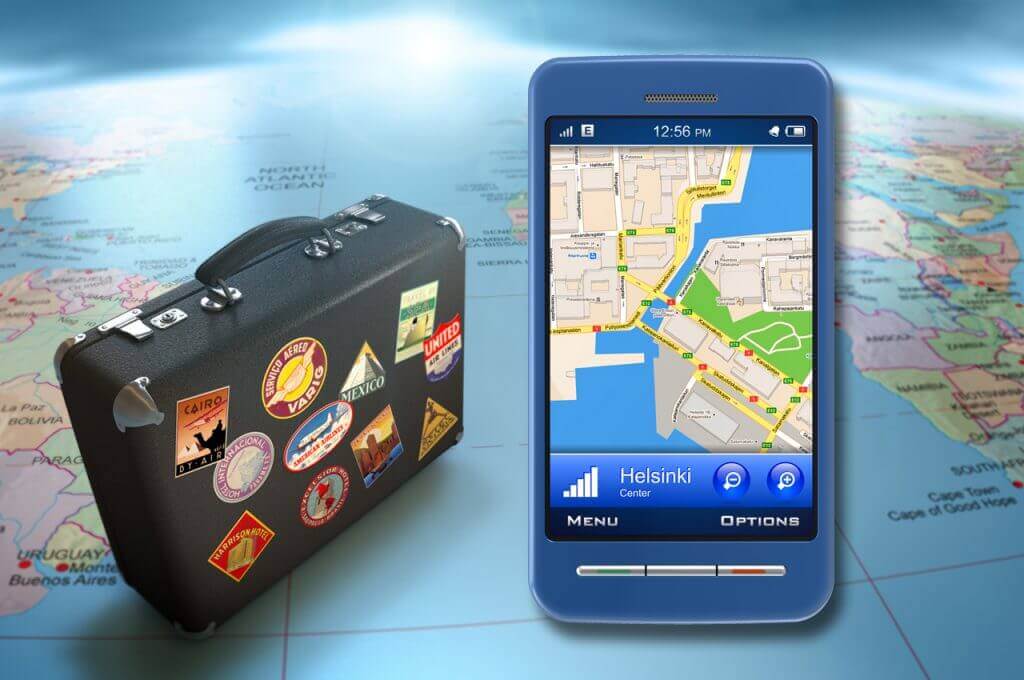
It seems as if every year since 2010 has been proclaimed as the “year of mobile” for brands across the spectrum. But this year, more than ever, having a mobile strategy for your ad spend has evolved from nice to have to being a necessity.
This need is driven by consumer adoption of smartphones. On average, consumers spend 1 hour and 40 minutes a day on their mobile devices, which is 60% more time than in 2015. After all this time, 2017 has been hailed as the year when mobile “grows up.”
As with most things, the challenge to growing up comes in transforming these thought-leadership pieces and attitudes into everyday action. That is, while the consensus is to ensure that your advertising efforts are mobile-friendly, when it comes to actualizing that idea, adoption seems to be slow.
Sojern’s recent collaborative report with Google reveals travel’s struggle to capture mobile consumers. Our report looked at the entire path to booking a hotel room, from the search engine to the booking engine. We saw that when it comes to hotel searches, the lower end enjoys the highest percentage with 73% of all searches for economy hotels being done through mobile devices.
On the other end of the spectrum, 45% of all searches for luxury hotels are on mobile devices. For the rest of the hotel segments — midscale, upper midscale, upscale and upper upscale — roughly half of searches are on mobile devices.
Although luxury hotels see the lowest share of mobile searches, this doesn’t mean they can avoid having a solid mobile strategy. In fact, we see that the luxury segment is experiencing the greatest growth in mobile searches, with a 23% increase year over year.
While the searches are there, they aren’t necessarily translating into bookings.
When we look at mobile searches across a week, for example, we see that they are fairly evenly spread among the days of the workweek (Monday through Friday). On the weekends, mobile searches boom as people move away from their desktops at work and go out into the world.




